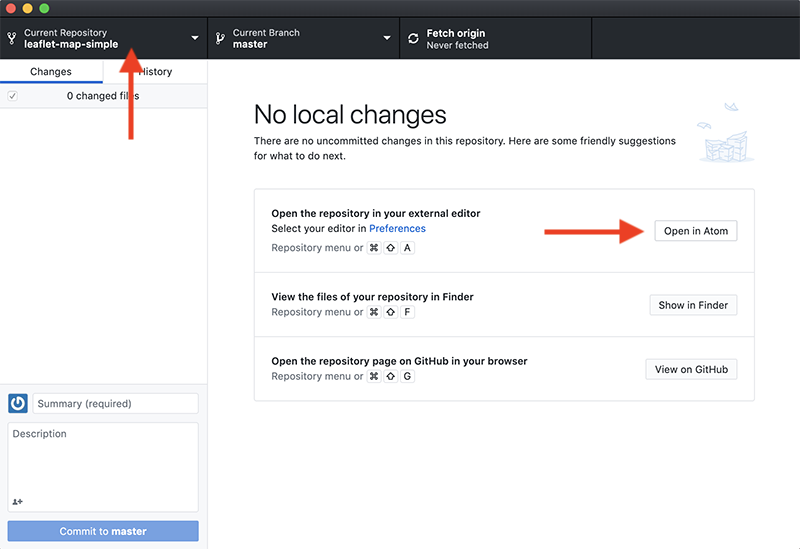
You can check the specification support status of each browser and its version. Since it is a next generation specification, it is often short and easy to write, and is used in large scale and complex development such as SPA (Single Page Application). Since transpiling has become easier, it has become commonplace to program in ESNext, including frameworks such as React, and Node.js plugin development. It is often used to refer to ES2015 and later, which are not supported by all browsers. It refers to a specification that has not yet been recommended and is being developed by TC39. The next generation of JavaScript specifications. (Transpile is to convert to another version of a JavaScript program.)

Since it is now easy to transpile JavaScript, it is used as a way to call JavaScript that is compatible with all browsers. Currently, it is a standard that can be run in any browser, no matter how old the version. JavaScript specification before major changes were made in 2015. The term ES6 is only allowed because it is a transitional stage of change.Ī specification recommended in 2016 you'll see it referred to as ES7, but it's not as common as ES6 because ES2016 is easier to understand. Since ES2015, the specification has been recommended every year, so we stopped using the version number in the official name.ĮS6 is a remnant of the old wording. This is the 6th edition, developed in 2015 it is a significant improvement over the traditional way of writing JavaScript, and there is a lot of information about it on the Internet. When a recommendation is made, it is given the name "ES20** (age)".Įcma International is originally a European standards organization for electronic communications, so it doesn't just deal with JavaScript. The substantive work is done by TC39, which in turn is recommended by Ecma International. test-runner), you're more than halfway there.A specification for JavaScript Ecma International determines the coding rules for JavaScript (formulation and recommendation of the specification). Just know that the hockey-stick of learning gets steep for a bit, but once you have the concepts down (pre-compiler v. It's a broad landscape with lots of opinions that I won't push on anyone. I provide these mainly to give you an idea of the complexities involved in working with the most popular JS libraries (React, etc) - these all require using command-line tools to work effectively and efficiently. To get into the real hardcore modern JS development, we need to talk about tooling. Up until this point, all you've needed is a text editor of choice and a web browser.

Bootstrap 2: Electric Boogaloo - Using the JS components from Bootstrap.jQuery - Uses CSS selectors to manipulate the DOM.Basic JS - learning the basics of the language, syntax.

If you go there and decide not to follow the rest of this outline, you're not doing yourself any harm at all.) CSS (Note: I'm not going to lie - FreeCodeCamp has almost everything you need to get started on the ground floor. (Safari is the modern-day equivalent of IE back in the day.

The start of the runway is pretty shallow, but it gets deep fast as soon as we hit the Javascript parts.


 0 kommentar(er)
0 kommentar(er)
